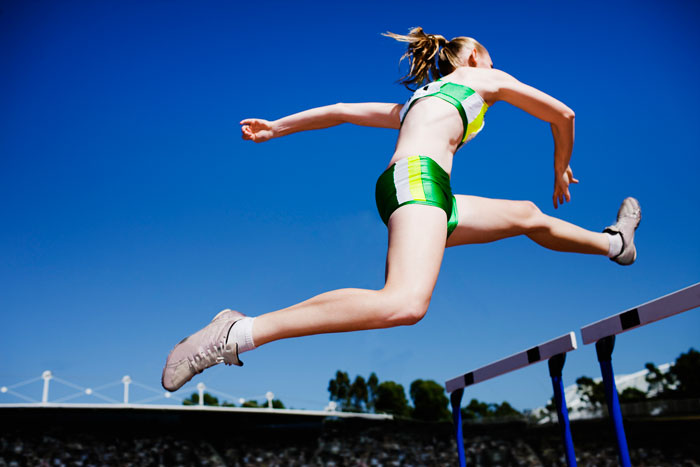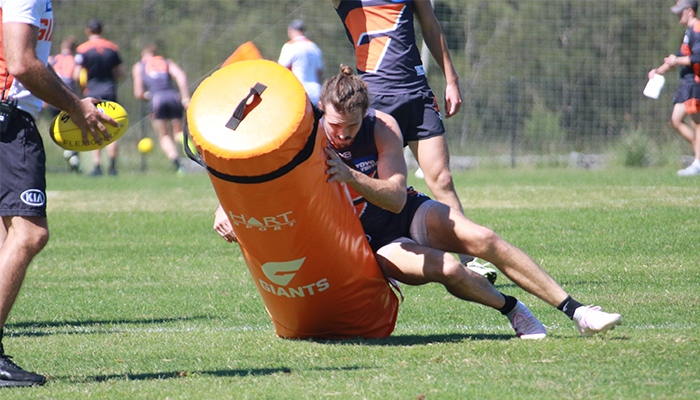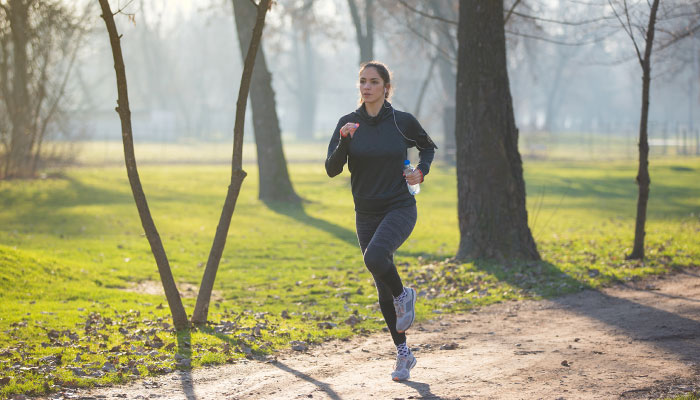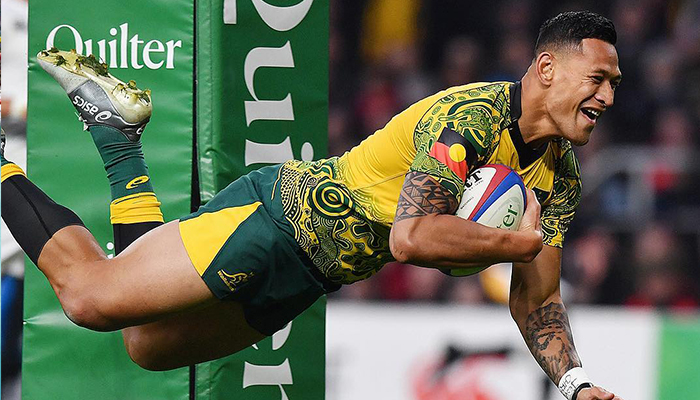The 2018 Commonwealth Games at the Gold Coast is the latest international competition to see world records fall in a multitude of sports, from swimming to cycling to weight-lifting.

Sports scientist Dr Tim Doyle is a Senior Lecturer in Macquarie’s Faculty of Medical and Health Science where his research speciality is biomechanics and optimisation of physical performance.
“There are obviously going to be physical limits to what the human body can do – we can only move so fast, or for so long, based on our biomechanics and physiology,” he says.
But he doesn’t think we’ve reached the limits of human performance quite yet. While records are falling in small increments, he says there’s still some way to go before we see records that cannot be broken.
“It would be a very brave person who would attempt to even guess when that might be! There is still so much we can work on,” Doyle says.
“Sports science is greatly improving, and our analytics of how people perform and how to optimise that performance is currently on the upswing.
“Our focus in the past was on being able to monitor and measure what improvements we could make, for example by changing body positions and so on.
“Now we can analyse and make use of information about sports performance, to give us further insights into what optimal performance looks like for a given athlete in a given sport. That then helps you target the training that's required on an individualised basis.”
Approaching the limits?
Doyle admits that, in many sports, we are getting close to the limits of what the human body can do.
"Now, we see most records coming down in really small increments - instead of dropping by one or two seconds, times are coming down by half a second or less, for example as we've seen in swimming, which is an important focus for Australia."
Elite athletes are trained by coaching teams who follow the latest researc and take advantage of new findings and breakthroughs.
"In freestyle swimming for exmple we've got a pretty good understanding of what a good freestyle stroke looks like and everyone can train in the same way for that," Doyle says.
Trainers and athletes are also well aware of the small adjustments they can make to their performacne that can make a big difference to their competition result.
“At the top end, we talk about ‘one per centers’ – the things you change to alter times or weights by one per cent or less which can break a Games or world record.”
In swimming, for example, times can be made up by improving block starts and by streamlining the turns at the end of each lap when the race is underway.
In the field of biomechanics, developments are now focusing on measuring body movements in the real world.
“Instead of having to take someone off the field or out of the pool and put them in a lab to measure them – where of course they immediately change what they would usually do – we are able to collect data during regular training or regular competition,” Doyle says.
That allows coaches and athletes to make changes to their technique and training based on real-world data for that specific individual rather than from a clinical lab environment.
Genetics play a big role
“My six-year old son says he’d like to grow up to be the second fastest man in the world, because he’s already of the mind-set that nobody could ever beat Usain Bolt. But neither my wife nor I are particularly fast, so I don’t want to break it to him yet but his chance of getting there is probably not high.”
Genetics play an important part in athletic performance, says Doyle. A tall, lanky person is unlikely to become a great weight lifter, while a short-legged stocky person may have a lot of slow twitch-fibres in their muscles that won’t help them become great sprinters.
“We know broadly what body shapes are best suited to different sports and events and so forth, and we can take that further, looking at muscle fibre composition for example.”
Doyle says there’s also research being done in some military and sports science areas to identify those who have genes that might predispose them to success in a particular military endeavour or sporting event.
Breaking the mould
“We have to be careful not to make assumptions that limit people, though,” Doyle says, adding that there are still lots of opportunities for athletes to make surprising gains on long-held records, citing Usain Bolt as an example.
Bolt, the now retired Jamaican sprinter who won eight Olympic gold medals and holds the 100 metre and 200 metre world records, doesn’t have the traditional body build of a sprinter, Doyle says.
“He's fairly tall [1.95 metres] and lanky and he's not that muscular compared to your traditional 100 metre sprinter. But those long legs mean he can take less steps than others because he's got a longer stride length.”
Doyle says that people like Bolt who break the traditional mould are a reminder that we shouldn’t limit our search for the next great athlete to ‘more of the same’.
“Another change we are seeing is that people are getting taller on average over a period of decades – perhaps in 50 years time when we are two centimetres on average taller, we’ll have athletes who are even taller than Bolt – and that time is going to come down again.”
The winning mindset
But genetics and technique are not the only predictors of performance, Doyle says.
“Some people are more ‘trainable’ and they will naturally push themselves so much harder and squeeze every drop of effort when they compete,” he says.
There are numerous examples of athletes who respond strongly to competition and push their bodies past previous limits – such as swimmer Clyde Lewis, who last week beat his own personal best by more than three seconds to win Commonwealth gold in the 400 metre individual medley.
“Often we see these top champions who win comfortably and wonder, perhaps they could have gone faster – but they didn't need to,” Doyle says.



